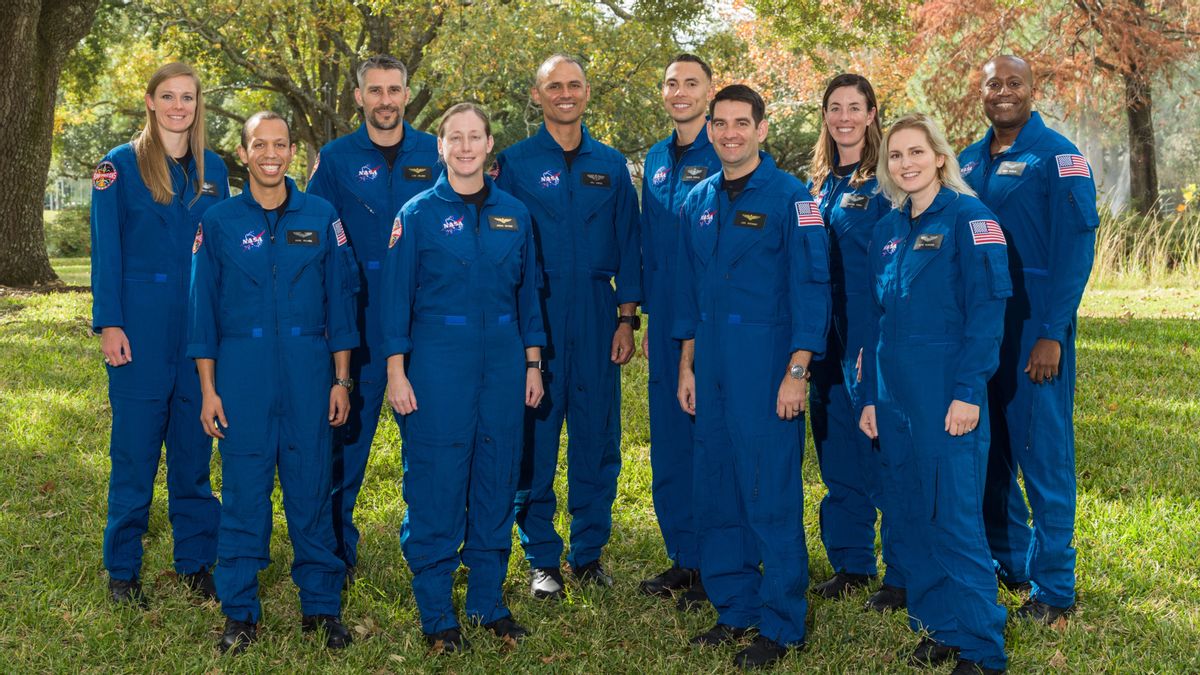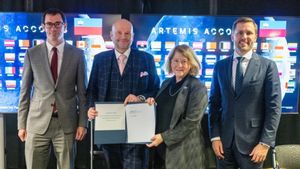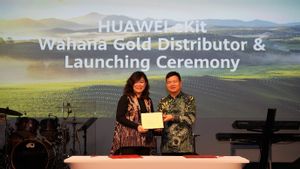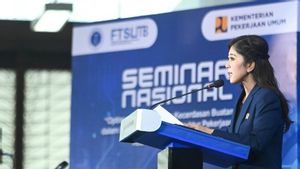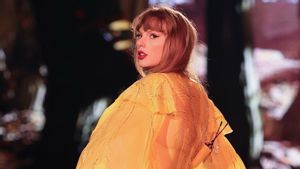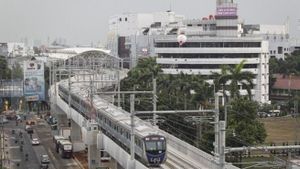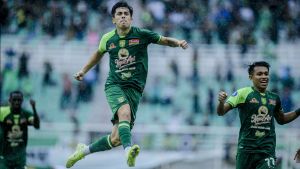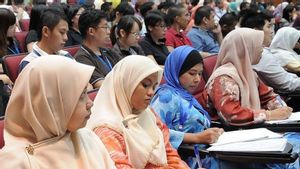JAKARTA - NASA inaugurated the new 23rd class of astronauts on Monday, December 6, which includes 10 people who will walk on the moon and maybe even Planet Mars.
Referred to as the 'Artemis Generation', the group is made up of several former US military, former SpaceX medical directors and a bioengineer who also participated in the 2020 Tokyo Olympics as track cyclists.
The name refers to NASA's Artemis program, which aims to send the first woman and first person of color to the moon by early 2025.
The astronaut candidates for 2021 are: Nichole Ayers, Marcos Berríos, Guaynabo, Christina Birch, Deniz Burnham, Luke Delaney, Andre Douglas, Jack Hathaway, Anil Menon, Christopher Williams and Jessica Wittner.
This is NASA's first new class in four years and the group will begin a two-year training process in January 2022.
Our @NASA_Astronauts are the embodiment of big dreams. They may be headed for missions to the Moon and Mars. What else could be in store? Only time (and ingenuity) will tell! pic.twitter.com/UmXMFZkWu2
— NASA (@NASA) December 6, 2021
Their training includes operating and maintaining the complex systems of the International Space Station (ISS), training for space travel, developing complex robotics skills, operating the T-38 training jet safely, and Russian language skills.
"To date, NASA has selected 350 astronaut candidates to fly on increasingly challenging missions to explore space," NASA said in a statement.
"Much more is needed to see the space station enter its third decade of science in low-Earth orbit and propel exploration forward as part of the Artemis mission and beyond," the statement added.
A new wave of new astronauts were among the more than 12,000 applicants who applied last year.
We're honored to announce the 2021 class of NASA Astronaut Candidates! Get to know them: https://t.co/NbU6BlaTQK. All 10 of these individuals are taking YOUR #askNASA questions, right here on this thread. What do you want to ask them about becoming a NASA Astronaut? pic.twitter.com/byeGl8yphh
— NASA Astronauts (@NASA_Astronauts) December 6, 2021
NASA administrator Bill Nelson introduces the members of the 2021 astronaut class during a livestream event held at Ellington Field near NASA's Johnson Space Center in Houston.
"Today we welcome 10 new explorers, 10 members of the Artemis generation, NASA's 2021 astronaut candidate class," said Nelson. “Alone, each candidate has the 'right stuff,' but together they represent our country's belief: E pluribus unum – from many, to one.”
Once the group completes training, they can be assigned to missions that involve and conduct research on the space station, launches from American soil on spacecraft built by commercial companies, as well as space missions to specific destinations including the Moon on NASA's Orion spacecraft and Space system rocket launch.
Pam Melroy, a former NASA astronaut and NASA deputy administrator, told the candidates: “Each of you has an extraordinary background. You bring diversity in many forms to our astronaut corps and you step into one of the highest and most exciting forms of public service.”
With the addition of 10 members to this 2021 astronaut candidate class, NASA has now selected 360 astronauts since the original Mercury Seven in 1959.
New recruits came from all walks of life and different backgrounds, but many were former Air Force and Navy pilots.
Dr Menon is SpaceX's medical director, meaning he monitors the medical conditions of the astronauts aboard the Crew Dragon as they fly to and from the ISS.
Dr Birch, a bioengineer, was a track cyclist during the Tokyo 2020 Olympics and Dr Williams, a medical physicist, has been involved in cancer treatment at Brigham and Women's Hospital and Dana-Farber Cancer Institute in Boston.
Johnson center director Vanessa Wyche said: “We have made many great leaps over the past 60 years, fulfilling President Kennedy's goal of landing a man on the moon. Today we reach further into the stars as we push forward to the Moon once again and to Mars with NASA's newest class of astronaut candidates."
During the event, several astronaut candidates were asked what space assignment they hoped to receive and Dr Berrios, who is an Air Force test pilot, replied: "Any mission I can take on."
"I think it would be great if NASA could upgrade the Ingenuity helicopters currently flying on Mars to fit two people," Berrios added. The robotic device, which is about the size of a softball with bony legs sticking out, has completed 16 flights on the red planet since arriving there in February.
One of the pilots - Air Force Major Marcos Berrios, who is from Puerto Rico - had volunteered during a question and answer session to fly a life-size replacement for NASA's mini helicopter on Mars.
The English, Chinese, Japanese, Arabic, and French versions are automatically generated by the AI. So there may still be inaccuracies in translating, please always see Indonesian as our main language. (system supported by DigitalSiber.id)
